
More of the music of Bela Bartok (1881-1945)
Robert Brook writes a blog which he calls
A GUIDE FOR THE DEDICATED ANALOG AUDIOPHILE
Robert recently recounted a story that aligned very much with my own experience.
Way back in the dark ages of the 90s, I was afraid to mess with my turntable, arm and cartridge for fear of getting them “out of alignment.”
Of course, I had simply assumed at the time that they were in alignment. I had followed all the instructions to the best of my ability, but it wouldn’t be until years later that I learned just how crude an approximation that way of doing it turned out to be.
Robert writes:
For years, even decades, I was afraid to touch any of the settings on my turntable, only to discover that when I finally did, I wished I’d done it a lot sooner. Turntable setup has taught me a lot, and as I’ve gotten better at it and better informed about it, I now need to go back and revise the turntable setup guides I posted a few years ago, which are in need of revision and updating.
Here is the complete story. I hope to write more about anti-skate in depth down the road, but for now, check out Robert’s story and then return to this listing and scroll down to read what we’ve written about the subject to date.
System Sounding BRIGHT? 🕶 Might Be Time to ADJUST YOUR ANTI-SKATE
Dialing in the Anti-Skate with Massed Strings
Here we discuss one of our favorite test records. Strings are one of the hardest elements in any recording — including pop and jazz records — to get right. They also make it very easy to spot when something, somewhere, is off.
Advice for using vocals on pop albums to tweak and tune your setup.
Azimuth, VTA, Anti-Skate and Tracking Weight
Way back in 2005 we discussed the four major imputs that go into setting up tonearms and cartridges.
Cartridge Tweaking and Turntable Setup Advice
Wherein we discuss the use of our three favorite test discs, while also providing links to hundreds of other records that are good for testing various aspects of reproduction.
These are the records that challenged me to make more progress in audio. If you want to improve your stereo, these are some of the records that can help get you to the next level.
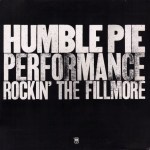
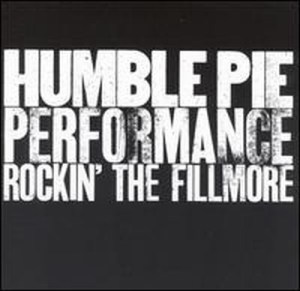
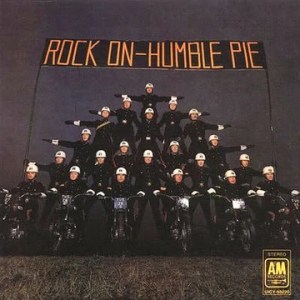
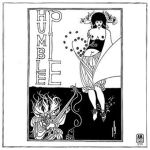 More of the Music of Humble Pie
More of the Music of Humble Pie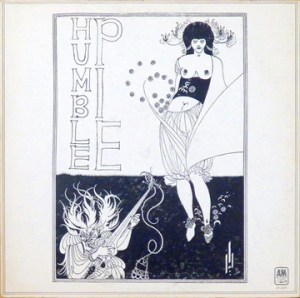
 More of the Music of Humble Pie
More of the Music of Humble Pie